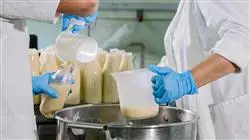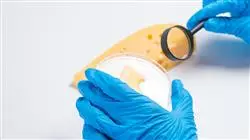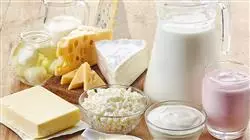University certificate
The world's largest faculty of veterinary medicine”
Why study at TECH?
Join our team of students and become the best in your profession”

Quality control of processes and products is essential to ensure food safety and to guarantee Good Manufacturing and Elaboration Practices (GMP) in the processes carried out in the food industry. For this reason, this training shows the tools that guarantee food safety, which are mandatory and under the responsibility of the producers, either by controls of the food industry's own laboratories or by outsourcing the service to food and reference laboratories for the control of raw materials and products.
This Postgraduate diploma presents R&D&I systems in the development of new foods and ingredients in different sectors of the food industry that require new technologies, new processes and food safety systems that are increasingly specific and adapted to the characteristics of new foods. In addition, the current research and development systems in the design and use of new ingredients are also presented, with special emphasis on the importance of preserving the food safety of these ingredients and of the foods in which they are used.
The Postgraduate diploma in Novel Food and Ingredient Development for R&D&I Projects of TECH Global University is the most complete postgraduate training offered in universities at the moment because it is aimed at the integral management of food safety.
The teachers of this Postgraduate diploma are university professors and professionals from various disciplines in primary production, the use of analytical and instrumental techniques for quality control, the prevention of accidental and intentional contamination and fraud, regulatory schemes for food safety certification (Food Safety/Food Integrity) and traceability (Food Defence and Food Fraud/Food Authenticity). They are experts in food legislation and regulations on quality and safety, validation of methodologies and processes, digitalization of quality management, research and development of new foods and finally, the coordination and execution of R&D&I projects.
It is an educational project committed to training high-quality professionals. A program designed by professionals specialized in each specific subject who face new challenges every day.
Don't miss the opportunity to take with us this Postgraduate diploma in Development of New Foods and Ingredients R&D&I Projects. It's the perfect opportunity to advance your career"
This Postgraduate diploma in Development of New Foods and Ingredients R&D&I Projects contains the most complete and up-to-date educational program on the market. The most important features of the program include:
- The development of case studies presented by experts in veterinary food safety
- The graphic, schematic, and eminently practical contents with which they are created, provide scientific and practical information on the disciplines that are essential for professional practice
- News on Development of Novel Foods and Ingredients from R&D&I Projects
- Practical exercises where self-assessment can be used to improve learning
- Its special emphasis on innovative methodologies in Development of New Foods and Ingredients for R&D&I Projects
- Theoretical lessons, questions to the expert, debate forums on controversial topics, and individual reflection assignments
- Content that is accessible from any fixed or portable device with an Internet connection
This Postgraduate diploma is the best investment you can make in selecting a refresher program to update your knowledge in Development of New Foods and Ingredients R&D&I Projects"
It includes, in its teaching staff, professionals belonging to the field of veterinary food safety, who pour into this training the experience of their work, in addition to recognized specialists from reference societies and prestigious universities.
The multimedia content, developed with the latest educational technology, will provide the professional with situated and contextual learning, i.e., a simulated environment that will provide immersive training programmed to train in real situations.
This program is designed around Problem-Based Learning, where the specialist must try to solve the different professional practice situations that arise during the course. For this, the professional will be assisted by an innovative interactive video system made by recognized experts in Development of New Foods and Ingredients R&D&I Projects and with great experience.
This training comes with the best didactic material, providing you with a contextual approach that will facilitate your learning"

This 100% online Postgraduate diploma will allow you to student to combine your studies with your professional work while expanding your knowledge in this field"
Syllabus
The content structure has been designed by the best professionals in the sector, with extensive experience and recognized prestige in the profession, backed by the volume of cases reviewed, studied and diagnosed, and with extensive knowledge of new technologies applied to food safety.

We have the most complete and up-to-date academic program in the market. We strive for excellence and for you to achieve it too"
Module 1. Analytical and Instrumental Techniques in Process and Product Quality Control
1.1. Laboratory Types, Regulations and Standards
1.1.1. Reference Laboratories
1.1.1.1. European Reference Laboratory
1.1.1.2. National Reference Laboratories
1.1.2. Food Laboratory
1.1.3. Regulations and Standards Applicable to Laboratories (ISO/IEC 17025)
1.1.3.1. General Requirements for Laboratory Competence
1.1.3.2. Equipment Testing and Calibration
1.1.3.3. Implementation and Validation of Analytical Methods
1.2. Official Control of the Agri-Food Chain
1.2.1. PNCPA of the Agri-Food Chain
1.2.2. Competent Authorities
1.2.3. Legal Support for Official Control
1.3. Official Methods of Food Analysis
1.3.1. Methods of Animal Feed Analysis
1.3.2. Water Analysis Methods
1.3.2.1. Analytical Requirements According to R.D. 140/2003
1.3.2.2. Sampling Frequencies According to Type of Industry
1.3.3. Methods of Analysis of Cereals
1.3.4. Methods of Analysis of Fertilizers, Residues of Phytosanitary and Veterinary Products
1.3.5. Methods of Analysis of Food Products
1.3.6. Methods of Analysis of Meat Products
1.3.7. Fat Analysis Methods
1.3.8. Methods of Analysis of Dairy Products
1.3.9. Methods of Analysis of Wines, Juices and Musts
1.3.10. Methods of Analysis of Fishery Products
1.4. On-Site Analytical Techniques for Fresh Food Receiving, Processing and Finished Product
1.4.1. In Food Handling
1.4.1.1. Analysis of Environments and Surfaces
1.4.1.2. Handler Analysis
1.4.1.3. Equipment Analysis
1.4.2. Analysis of Fresh Feed and Finished Product
1.4.2.1. Product Data Sheets
1.4.2.2. visual Inspection
1.4.2.3. Color Charts
1.4.2.4. Organoleptic Evaluation According to Food Type
1.4.3. Basic Physicochemical Analysis
1.4.3.1. Determination of Maturity Index in Fruit
1.4.3.2. Firmness
1.4.3.3. Brix Degrees
1.5. Nutritional Analysis Techniques
1.5.1. Protein Determination
1.5.2. Determination of Carbohydrates
1.5.3. Determination of Fats
1.5.4. Ash Determination
1.6. Microbiological and Physicochemical Food Analysis Techniques
1.6.1. Preparation Techniques: Fundamentals, Instrumentation and Application in Food Processing
1.6.2. Microbiological Analysis
1.6.1.2. Handling and Treatment of Samples for Microbiological Analysis
1.6.3. Physical-Chemical Analysis
1.6.3.1. Handling and Treatment of Samples for Physical-Chemical Analysis
1.7. Instrumental Techniques in Food Analysis
1.7.1. Characterization, Quality Indexes and Product Conformity
1.7.1.1. Food Safety/Food Integrity
1.7.2. Analysis of Residues of Prohibited Substances in Food
1.7.2.1. Organic and Inorganic Waste
1.7.2.2. Heavy Metals
1.7.2.3. Additives
1.7.3. Analysis of Adulterant Substances in Foodstuffs
1.7.3.1. Milk
1.7.3.2. Wine
1.7.3.3. Honey
1.8. Analytical Techniques Used in GMOs and Novel Foods
1.8.1. Concept
1.8.2. Detection Techniques
1.9. Emerging Analytical Techniques to Prevent Food Fraud
1.9.1. Food Fraud
1.9.2. Food Authenticity
1.10. Issuance of Certificates of Analysis
1.10.1. In the Food Industry
1.10.1.1. Internal Reporting
1.10.1.2. Report to Customers and Suppliers
1.10.1.3. Bromatological Expertise
1.10.2. In Reference Laboratories
1.10.3. In Food Laboratories
1.10.4. In Arbitration Laboratories
Module 2. Food Legislation and Quality and Safety Standards
2.1. Introduction
2.1.1. Legal Organization
2.1.2. Basic Concepts
2.1.2.1. Law
2.1.2.2. Legislation
2.1.2.3. Food legislation
2.1.2.4. Standard
2.1.2.5. Royal Decree
2.1.2.6. Certifications, etc.
2.2. International Food Legislation. International Organizations
2.2.1. Food and Agriculture Organization of the United Nations (FAO)
2.2.2. World Health Organisation (WHO)
2.2.3. Codex Alimentarius Commission
2.2.4. World Trade Organization
2.3. European Food Legislation
2.3.1. European Food Legislation
2.3.2. White Paper on Food Safety
2.3.3. Principles of Food Legislation
2.3.4. General Requirements of Food Legislation
2.3.5. Procedures
2.3.6. European Food Safety Authority (EFSA)
2.4. Spanish Food Legislation
2.4.1. Skills
2.4.2. Organizations
2.5. Food Safety Management in the company
2.5.1. Responsibilities
2.5.2. Authorization
2.5.3. Certifications
2.6. Horizontal Food Legislation. Part 1
2.6.1. General Hygiene Regulations
2.6.2. Water for Public Consumption
2.6.3. Official Control of Foodstuffs
2.7. Horizontal Food Legislation. Part 2
2.7.1. Storage, Preservation and Transportation
2.7.2. Materials in Contact with Food
2.7.3. Food Additives and Flavorings
2.7.4. Contaminants in Food
2.8. Vertical Food Legislation: Products of Plant Origin
2.8.1. Vegetables and By-Products
2.8.2. Fruits and Derivatives
2.8.3. Cereals
2.8.4. Legumes
2.8.5. Edible Vegetable Oils
2.8.6. Edible Fats
2.8.7. Seasonings and Spices
2.9. Vertical Food Legislation: Animal Products
2.9.1. Meat and Meat Derivatives
2.9.2. Fish Products
2.9.3. Milk and Dairy Products
2.9.4. Eggs and Egg Products
2.10. Vertical Food Legislation: Other Products
2.10.1. Stimulant Foods and Derivatives
2.10.2. Beverages
2.10.3. Prepared Dishes
Module 3. R&D&I of Novel Foods and Ingredients
3.1. New Trends in Food Product Processing
3.1.1. Design of Functional Foods Aimed at Improving Specific Physiological Functions
3.1.2. Innovation and New Trends in the Design of Functional Foods and Nutraceuticals
3.2. Technologies and Tools for Isolation, Enrichment, and Purification of Functional Ingredients from Different Starting Materials
3.2.1. Chemical Properties
3.2.2. Sensory Properties
3.3. Procedures and Equipment for the Incorporation of Functional Ingredients into the Base Feed
3.3.1. Formulation of Functional Foods According to Their Chemical and Sensory Properties, Caloric Value, etc.
3.3.2. Stabilization of Bioactive Ingredients from Formulation
3.3.3. Dosage
3.4. Gastronomy Research
3.4.1. Texture
3.4.2. Viscosity and Flavor. Thickeners Used in Nouvelle Cuisine
3.4.3. Gelling Agents
3.4.4. Emulsions
3.5. Innovation and New Trends in the Design of Functional Foods and Nutraceuticals
3.5.1. Design of Functional Foods Aimed at Improving Specific Physiological Functions
3.5.2. Practical Applications of Functional Food Design
3.6. Specific Formulation of Bioactive Compounds
3.6.1. Flavonoid Transformation in the Formulation of Functional Foods
3.6.2. Bioavailability Studies of Phenolic Compounds
3.6.3. Antioxidants in the Formulation of Functional Foods
3.6.4. Preservation of Antioxidant Stability in Functional Food Design
3.7. Design of Low-Sugar and Low-Fat Products
3.7.1. Development of Low-Sugar Products
3.7.2. Low fat Products
3.7.3. Strategies for the Synthesis of Structured Lipids
3.8. Processes for the Development of New Food Ingredients
3.8.1. Advanced Processes for Obtaining Food Ingredients with Industrial Application: Micronization and Microencapsulation Technologies
3.8.2. Supercritical and Clean Technologies
3.8.3.Enzymatic Technology for the Production of Novel Food Ingredients
3.8.4. Biotechnological Production of Novel Food Ingredients
3.9. New Food Ingredients of Plant and Animal Origin
3.9.1. Trends in R&D&I Developments in New Ingredients
3.9.2. Applications of Plant-Based Ingredients
3.9.3. Applications of Ingredients of Animal Origin
3.10. Research and Improvement of Labeling and Preservation Systems
3.10.1. Labeling Requirements
3.10.2. New Conservation Systems
3.10.3. Validation of Health Claims

This training will allow you to advance in your career comfortably"
Postgraduate Diploma in Development of New Foods and Ingredients R&D&I Projects
The development of new animal feeds and ingredients is a veterinary Research, Development and Innovation (R&D&I) project that aims to create new nutritional solutions to improve animal health and welfare. The research and development of new feed and ingredients is fundamental to ensure animal health and welfare, improve food production and optimize the efficiency of the food chain. These projects involve teamwork and a combination of different scientific disciplines, and aim to continuously improve the quality of life of animals, as well as contribute to human welfare through sustainable and high quality production of food for human consumption.
This project seeks to develop new food and animal nutrition products that are healthier, sustainable, efficient and safe. It may involve research into new raw materials, evaluation of the effects of ingredients on animal performance and health, optimization of feed formulations, among other aspects.
The development of new animal feeds and ingredients ensures adequate nutrition for animals and helps prevent diseases and improve their quality of life. In addition, it can contribute to improve the productivity and profitability of animal farms by improving their performance in terms of production of meat, milk, eggs, among others.
The online academic program focuses on research, development and innovation in the animal feed industry and offers students the opportunity to deepen their knowledge of feed formulation and the creation of new ingredients. The objective of this is to train high-level professionals capable of creating innovative solutions for animal feed and nutrition, and who are prepared to work in companies and organizations dedicated to the research and development of new feeds and ingredients in the food industry at the animal level.







